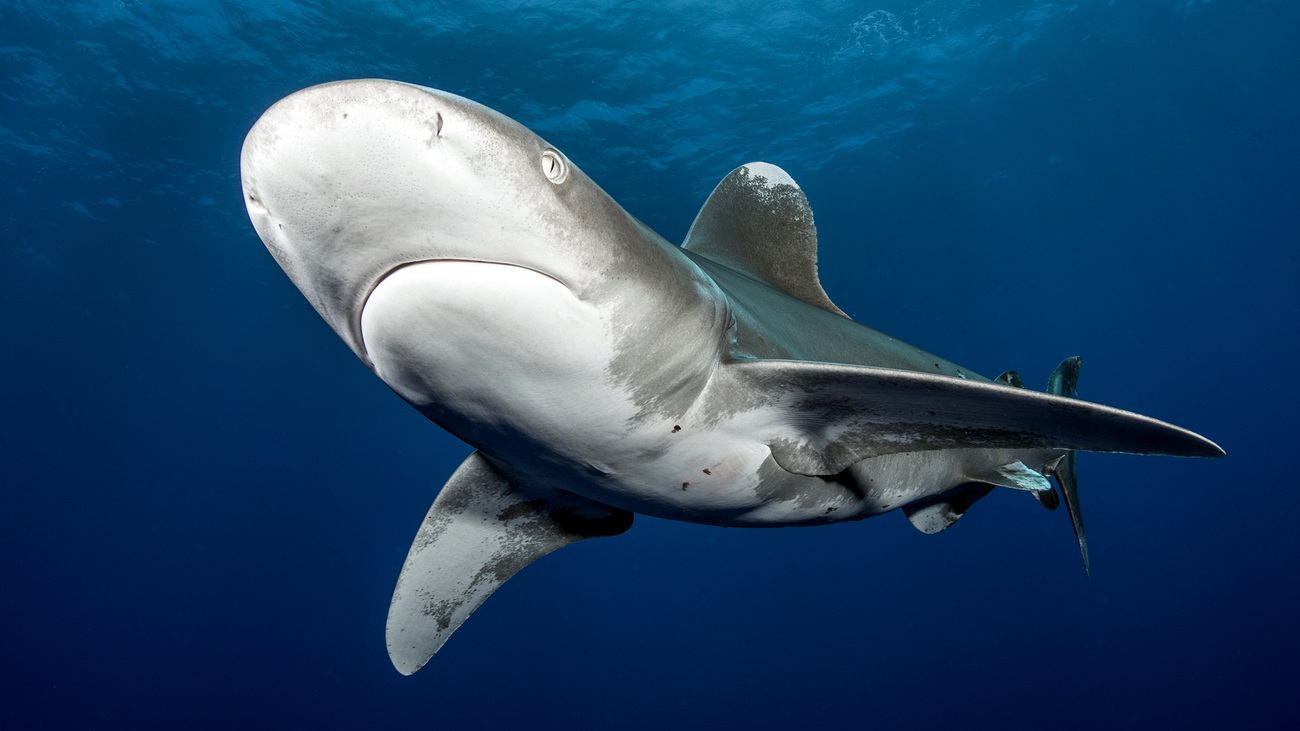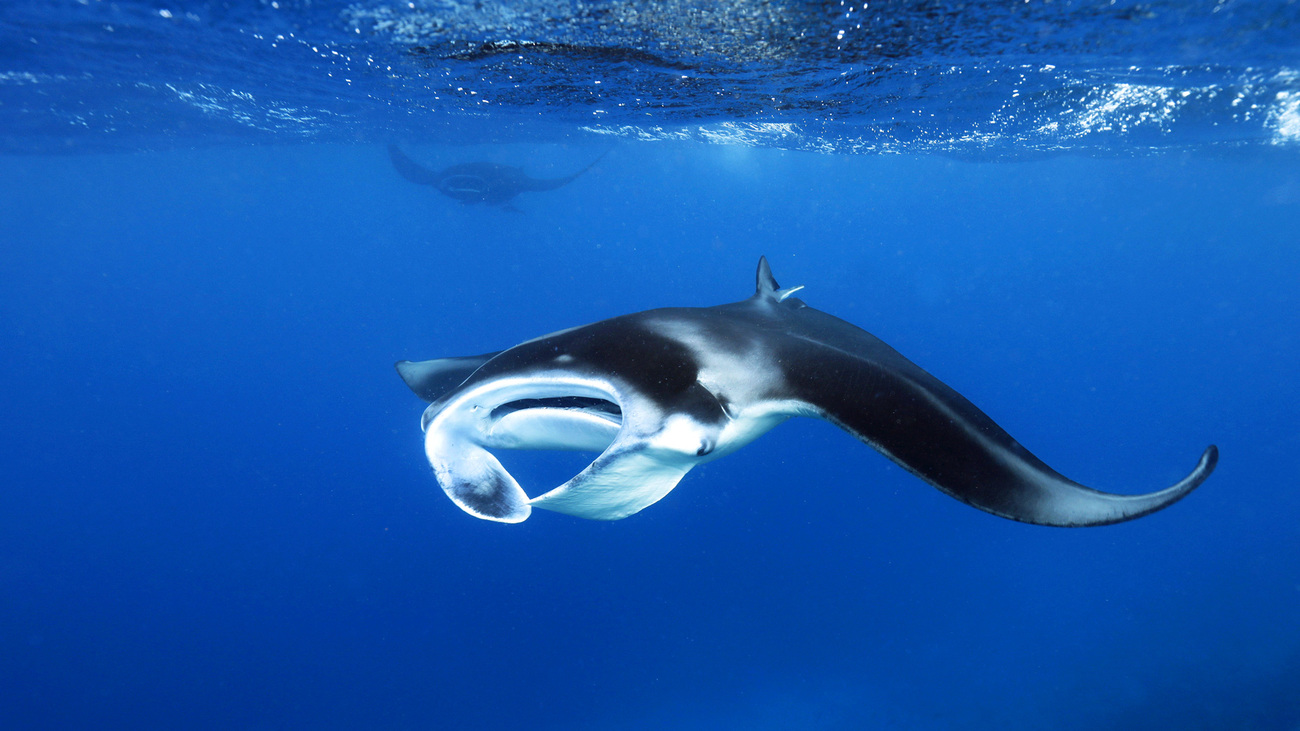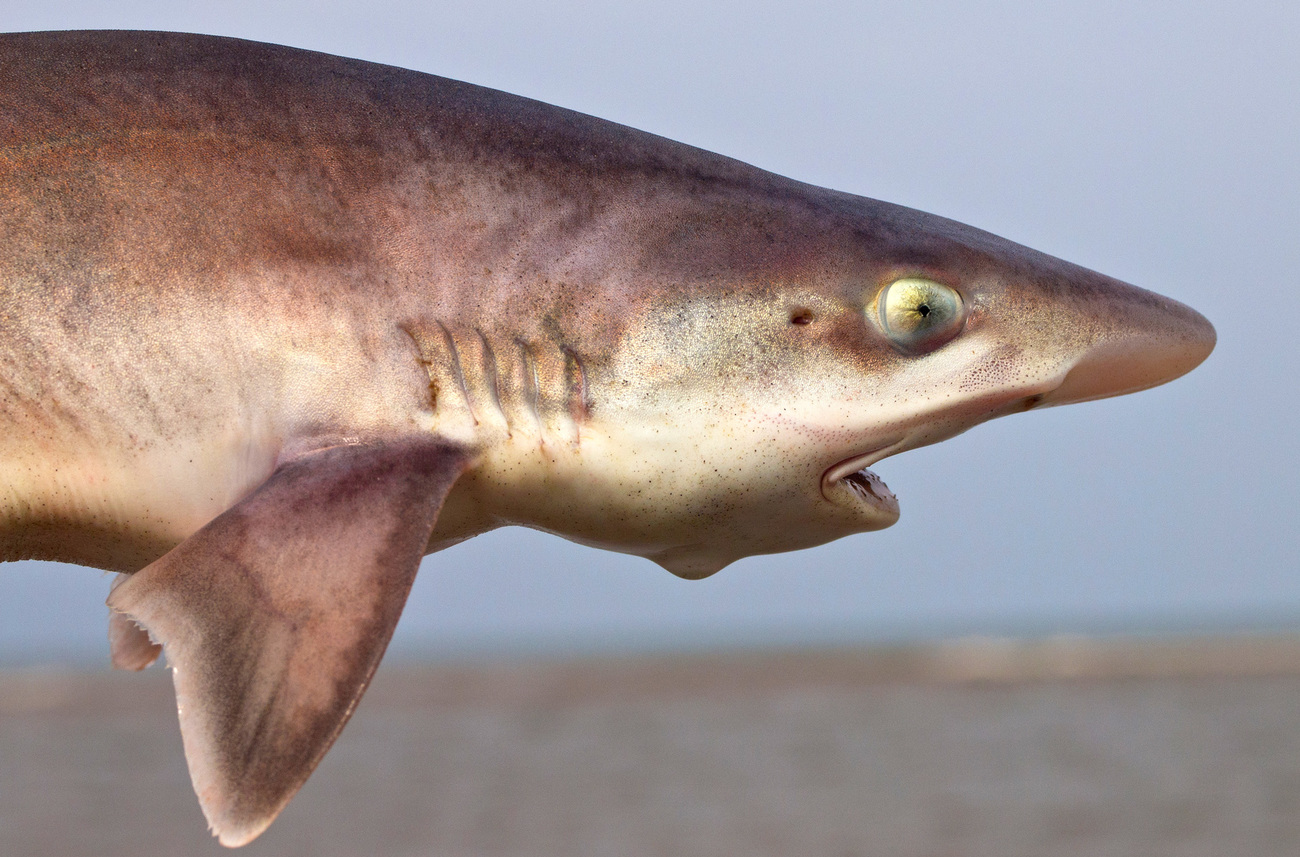Barbara Slee
Sharks and rays are in need of protection—but which ones and why are they in crisis?
Sharks and rays are in need of protection—but which ones and why are they in crisis?
Governments will soon gather for the Convention on International Trade in Endangered Species of Wild Fauna and Flora (CITES) in Uzbekistan, to discuss international trade regulations for wild animals and plants.
Being tabled for discussion are seven shark and ray species, from deep-sea dwellers to those that glide amongst the coral-rich coastlines. These creatures are vanishing at an alarming rate—victims of overfishing, unsustainable trade, habitat loss, and weak enforcement of existing protections. Yet, all of them are critical components of the ocean’s ecosystem.
Some species already have some levels of protection and have done for over a decade—but their numbers have continued to decline so are now needing the highest level of protection. Most prior listings were also focused on sharks that were hunted for their fins, and in comparison, many of the species being discussed this year are traded for meat, gill plates (manta and devil rays) and a deepwater species (gulper shark) for the use of its liver oil.
The last CITES conference meeting (COP19) held in 2022, saw many shark and ray species receive protections. These new listings could close the remaining gap for shark and ray species that are still in need of greater protections.

Oceanic whitetip shark
Once one of the most abundant predators in tropical seas, the Oceanic whitetip shark has suffered catastrophic declines—over 95% in some regions. They are ‘Critically Endangered’, being one of the world’s most vulnerable sharks. Despite being listed under CITES Appendix II and protected under numerous regional and national frameworks, rampant exploitation continues—threatening their future survival.
Repeated seizures in shark fin trade hubs, like Hong Kong SAR, and CITES trade data have highlighted widespread illegal trade and lack of implementation of existing CITES protections—evidence that stronger measures are urgently needed.
A coalition led by Panama, with the support of nations including Argentina, the Bahamas, Brazil, the EU, and the UK, is now calling for an Appendix I listing. This is the highest level of protection available under CITES, which would prohibit all international commercial trade in this species.
Whale shark
Whale Sharks are known as the graceful giants of the sea—the largest fish on the planet that feast primarily on plankton, krill and other smaller fish. Yet they, too, are now classed as ‘Endangered’—threatened by vessel strikes, bycatch, and ongoing trade for their fins.
The Maldives, with support from countries including Panama, the Philippines, and Seychelles, is seeking to transfer the Whale Shark from Appendix II to Appendix I. Whale sharks are the most-watched shark in the world. Globally whale shark tourism occurs at 35 sites, attracting around one million participants annually, and was worth over US$140 million in 2019. As a key component of shark ecotourism around the world, and protected in many nations, increased CITES protections are needed to ensure that international trade can no longer threaten this species’ survival.

Manta and devil rays
Manta rays and their close relatives—devil rays—were added to CITES Appendix II in 2013 and 2016. Yet these protections came too late to prevent populations from plummeting, some by up to 92%, driven largely by trade in their gill plates—prized in some markets for use in traditional remedies. A decade after protection, they are still on a concerning downward trajectory, and seven out of the nine species are ‘Endangered’.
Studies have shown that this trade remains poorly regulated, with growing levels of illegal and unreported trade.
Led by Ecuador, this proposal which is backed by the Bahamas, Fiji, and others, calls for all mobulid rays to be moved to Appendix I, providing the full protection they desperately need.
Guitarfishes and wedgefishes
The curiously named (and shaped) wedgefish and guitarfish are targeted for their high-value fins, with some selling for nearly a thousand dollars in Asian markets, the highest value recorded for any fin type. This value drives continued overfishing, threatening their survival. Their populations have collapsed across much of the Indo-Pacific, from Mozambique to Indonesia and are now among the most threatened families or marine fish in the world, with all but one of the 18 species in these two families now ‘Critically Endangered’—the last step before extinction.
This proposal, led by Senegal (for wedgefish) and Benin (for guitarfish), calls for maintaining their Appendix II listings but setting annual export quotas for commercial trade to zero, which would temporarily halt commercial trade, to allow populations to recover to a level where sustainable trade could be possible in the future.

Smooth-hound sharks
Known for their slow growth and late maturity, smooth-hounds are highly vulnerable to overfishing. Many populations have crashed due to demand for meat and fins and are now considered to be ‘Critically Endangered’ or ‘Endangered’.
For the first time, these species are proposed for CITES protection under Appendix II, led by Brazil and the European Union, with support from Ecuador, Panama, and Senegal.
Smooth-hound sharks represent the main remaining families of sharks in the global fin trade that are not already covered by CITES protections. Adoption of this proposal would mean virtually all shark species found in the fin trade would need CITES permits for any trade to occur. This would aid in enforcement action for customs and border officials—as it further cements that any shipment of shark fins will almost certainly contain CITES listed fins, and if without permits should be detained.
Gulper sharks
These deep-sea sharks used to be disregarded as bycatch, until it was discovered that their liver oil contained very high proportions of squalene—used as a wonder product in the cosmetics industry for face creams, health supplements and pharmaceuticals. In fact, gulper sharks have the highest value liver oil of all sharks, making them increasingly targeted for the health and beauty industry. There are very few regulations for catching deep-sea sharks anywhere in the world, meaning that gulper sharks have been fished to dangerously low levels. Some species are facing population declines exceeding 80%, with many considered Vulnerable or Endangered.
As gulper sharks grow slowly, mature late in life, and produce very few young, once their populations are depleted, it can take years to recover. They are among the ocean’s most vulnerable animals
The UK and EU, supported by partners including Brazil and Senegal, are proposing Appendix II protections to control trade and allow populations a chance to recover.
The upcoming CITES meeting could mark a turning point for sharks and rays
For decades, sharks and rays have been among the most persecuted and misunderstood animals in our oceans. Hunted for their fins, meat, gill plates and liver oil—many species now teeter on the brink of extinction.
Yet there is hope. The protections offered by CITES have already changed the fate of countless species once facing a similar future. Now, governments have another critical opportunity to act—to close loopholes, strengthen enforcement, and ensure these remarkable animals are no longer lost to unchecked trade.
Sharks and rays are not just victims of exploitation—they are vital to the balance of ocean life. They help keep ecosystems healthy, fisheries stable, and coral reefs thriving. Their loss would ripple far beyond the deep, threatening the health of our oceans and the livelihoods of coastal communities around the world.
This CITES meeting represents what could be a positive turning point for sharks and rays. Their future as well as the health of our oceans, depends on what we do next.
Related content
every problem has a solution, every solution needs support.
The problems we face are urgent, complicated, and resistant to change. Real solutions demand creativity, hard work, and involvement from people like you.